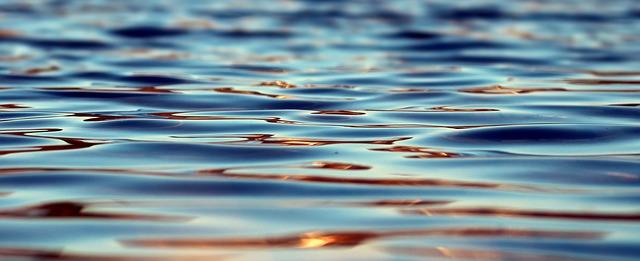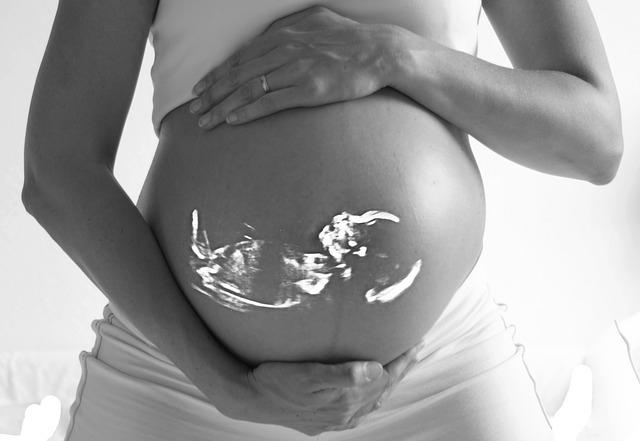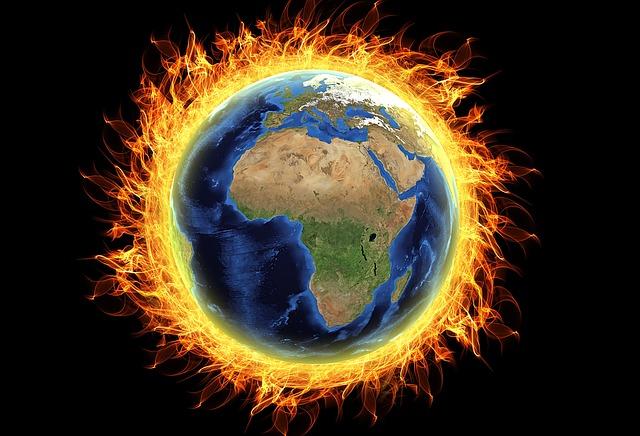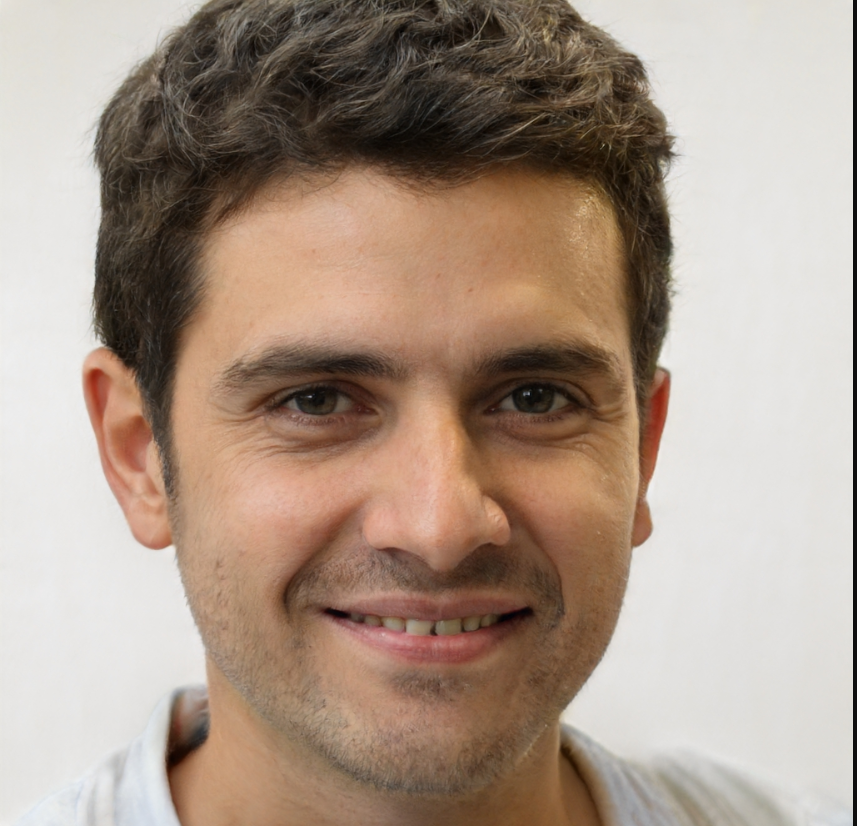"Energy moves in cycles, circles, spirals, vortexes, whirls, pulsations, waves and rhythms-rarely if ever in simple straight lines." -Starhawk
Physics is the branch of science that allows students to develop analytical mindsets and crucial critical thinking skills. You will develop these competencies through your learning of interesting topics such as Waves. It was originally called natural philosophy. A knowledge of physics is fundamental to an understanding of the world.
While studying the scientific discipline of physics, pupils will come to the realization that energy can be transferred and moved in many different ways.
In this topic of the Leaving Cert Physics Syllabus, students learn more about how waves are one of the ways in which energy can be transferred.
Leaving Certificate Physics aims to leave students with an understanding of the fundamental principles of physics and its application in everyday life. The subject offers a general education in physics, enabling students to develop an understanding of the scientific method and their ability to observe, think logically and communicate effectively.
By examining the sections included in this topic of the syllabus such as the properties of waves, transverse and longitudinal waves, reflection and refraction, sound and ultrasound, lenses and black body radiation, students will acquire knowledge that will help them in their future scientific career.
Superprof will now consider the information explored by pupils in the Leaving Cert Physics Syllabus from the exam board in Ireland.

What exactly are Waves in Physics?
There are two types of waves: transverse and longitudinal. The electromagnetic waves are transverse waves and have many different properties and various uses. Sound waves are longitudinal and the vibrations are parallel to the direction of wave travel.
Some examples of longitudinal waves include sound, ultrasound and seismic-P waves.
These waves show areas of compression, regions of high pressure due to the particles being close together, and rarefaction, low pressure because particles are spread farther apart.
A few examples of transverse waves include the ripples on the surface of the water, vibrations from a guitar string and electromagnetic waves from a microwave.
Transverse waves are different from longitudinal waves due to the fact that the vibrations are at right angles to the direction of wave travel.
Electromagnetic Waves
These are transverse waves and they transfer energy as radiation to an absorber and can travel through a vacuum at 300 million metres per second (m/s).
The electromagnetic spectrum shows in which ways waves have a variety of uses in different areas.

Reflection
The reflection waves of sound cause echoes and the reflected waves of light can be observed in different ways. Pay close attention to the following examples:
- Specular reflection: this reflection can be observed from a smooth and flat surface. This can be seen in a mirror and the image is upright and virtual,
- Diffuse reflection: if the surface is rough the reflected light will be scattered in all directions. This can often cause a distorted image that does not well reflect the original.
Refraction
Students of any scientific discipline clearly recognize that materials will have varying densities. Refraction is the change in direction of a wave at the boundary between two clear materials. It can cause optical illusions and the density of a material affects the speed of the wave.
For example, the light passing through a dense transparent material will travel slower than it would if the material was less dense.
FAST which stands for Faster - Away/ Slower -Towards is an essential formula for remembering the speed and direction changes of light during refraction.
To put their newly acquired knowledge into practice, students are obliged to complete a required practical experiment that has the aim of investigating the reflection of light by different types of surfaces and the refraction of light by different substances.
Sound and Ultrasound - Higher
Sound has been scientifically proven to be caused by the vibration of particles. However, it is important to note that not all vibrations can be heard as sounds.
Sound waves are longitudinal waves and the vibrations can travel through solids, liquids or gases. Sound has different properties such as frequency and amplitude.
For example, high-frequency sound waves are high pitched and low-frequency sound waves are low pitched. When it comes to amplitude, high amplitude sound waves are loud and low amplitude sound waves are quiet.
Note: You can find an online Physics tutor on Superprof.


The Different types of waves that feature in the chapter
Ultrasound waves have a higher frequency than the human ear cannot hear. Ultrasounds have different uses such as the following:
- Breaking kidney stones,
- Cleaning jewellery.
The vibrations of the high-frequency ultrasound break up the kidney stones and the dirt that was damaging the jewellery. Nevertheless, when a person hears the word, 'ultrasound', babies come to their mind. This is due to the fact that ultrasound images create pictures of something that cannot be seen directly such as unborn babies or faulty organs in the human body.
Images are projected on machines as a result of the fact that the ultrasound waves meet the boundary between two different materials.
Echo sounding is accomplished by sending high-frequency sound waves into deep waters to detect objects and measure the depth of the water.
Seismic Waves
These waves are produced by earthquakes in the Earth's crust and there are two different types, P-waves and S-waves. They are very different from each other and have very identifiable properties such as:
- P-waves: these ones are longitudinal waves, are faster and can travel through solids and liquids,
- S-waves: are transversal waves, slower than the aforementioned and can only travel through solids.
The careful study of seismic waves done by scientists provides helpful evidence for the internal structure of the Earth.
The skilled mentoring of your physics and maths tutor will ensure you have a thorough grasp on the concept!
Sample Exam Questions and Assessment of Waves
A key component of exam success is knowing what is expected of you.
Knowing what type of answers to expect on an examination greatly increases the confidence of students. The Leaving Cert Physics subject assessments are divided into two sections: the first four topics on the first exam and the last four topics on the second exam.
For your physics exam, you are expected to recognise aspects of the course such as atomic structure, to solve complex maths equations and define various terms at a level appropriate for your grade. Those aspects are obvious but others aren’t, like showing your workings, and how you present your work
The question types are the same and examples that could be on the test are offered on the internet in order to be studied with anticipation.
There are seven types of questions that can be encountered on an assessment for the topic of Waves while studying the Leaving Certificate Physics Syllabus. The following are examples of those questions:
- Multiple choice questions: probably the easiest since all you have to do is tick a box. However, be warned that show of the answers may be similar and this is designed to trick you.
- One or two mark questions: they usually start with command words such as describe or explain. These can either be worth one or two marks and you have to describe a scientific topic using short sentences.
- Three or four mark questions: longer answers are required and valid points need to be explained in a logical manner.
- Maths questions: these questions may include graphs and tables and it is essential to show all of your work in order to get full marks.
- Practical questions: when studying Leaving Cert Physics you will need to complete eight practical activities and these assessment questions are based on those. Use all the information provided to write down the correct answer.
- Six mark questions: these are probably the most difficult and need to be answered logically. Planning and carefully reading the questions is essential for success.
- Equations: some of these questions will require you to recall and apply equations you learnt during class time.
Taking charge of your exam in this manner will ensure confidence come exam time, allowing you to perform at your best.
Studying the different sections of the Waves topic can prove to be very interesting and diverse. A thorough explanation of Waves is covered in the Leaving Certificate Physics Syllabus and can be great fun for science enthusiasts!
For more information and examples of each type of question that might be considered on the exam, the BBC Bitesize website offers invaluable help.

Improve your understanding of the topic with a Tutor!
There are many factors that contribute to the temperature of the Earth. These factors include the concentration of greenhouse gases such as water vapour, methane and carbon dioxide. Students learn all about these factors in more depth while studying this section of the Leaving Cert Physics Syllabus.
Before finishing this section a required practical examination with the purpose of investigating how the amount of infrared radiation absorbed by a surface depends on the nature of that surface.
Availing of a physics tutor can provide students with some much-needed guidance on how best to prepare for their exams while saving you some time in the process.
Students are able to select the tutor that they do their classes with, and decide according to their own specific needs and style of learning. It offers a lot of flexibility to students which is certainly beneficial in situations when time is constrained such as during the lead up to your Leaving Certificate physics exams.
You will likely learn a great deal from the lessons as the physics tutors who list their service on the platform are highly qualified and have worked with countless students just like you in the past. But don’t take my word for it, just type in piano and your location in Ireland on the home page and have a browse yourself!
Learning more about the topic of waves will further prepare students for a scientific career and set them on the right path toward completion of the Leaving Certificate Physics Syllabus.
Other essential topics of the Leaving Cert Physics subject are energy, electricity, particle model of matter, atomic structure, forces, magnetism and electromagnetism and space physics.















